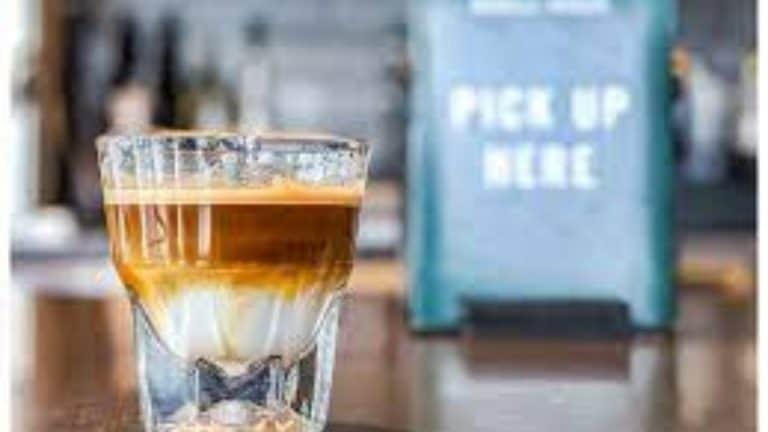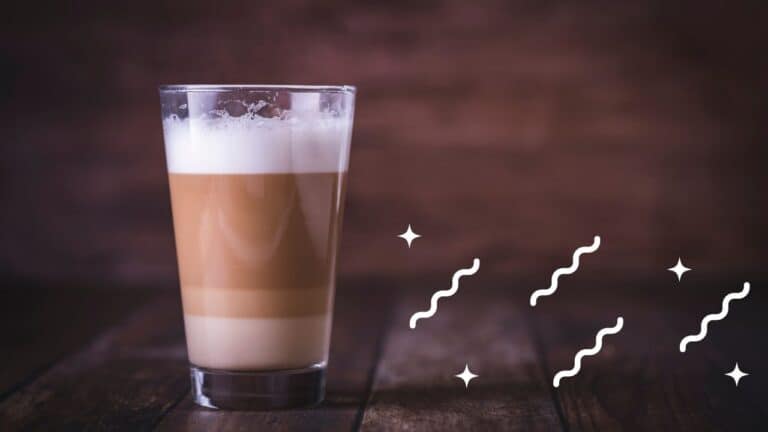Is Stovetop Espresso real espresso: 5 Amazing Facts
Is stovetop espresso real espresso? Let's find out ! When it comes to coffee, there are debates galore over what counts as real espresso. For some, it's all about the machine - espresso must be made with a pressure-driven espresso machine in order for it to count.
Others believe that as long as the coffee is made with very finely ground beans and produces a thick, dark liquid with a strong flavor, it's espresso. So where does stovetop espresso fit in?
Stovetop espresso makers are designed to mimic the pressure-driven machines used in cafes, using steam to build up pressure and force the water through the beans. However, they don't always produce the same results - sometimes the coffee can be weaker or less flavorful than true espresso.
That said, stovetop espresso makers can still produce a delicious cup of coffee - it just might not technically be "real" espresso according to some standards.
So whether you're a diehard purist or just looking to make a great cup of coffee at home, stovetop espresso is definitely worth trying.

Best Espresso Makers for Real Espresso
- Best stove top espresso maker: 4 Real Espresso
- Best Espresso Machine for Real Espresso: The Peoples Choice for Under $200
- Best Super Automatic Espresso Machine for Real Espresso: One Touch Solution
Is espresso made with steam or water
If you've ever watched someone make espresso, you might have noticed that they don't seem to add any water to the beans. So how does the water get in there? The answer is steam. Espresso is made by forcing hot water through tightly packed coffee grounds. The pressure from the steam helps to extract a concentrated shot of coffee.
This process also creates a small amount of foam, known as crema, which sits on top of the espresso and adds a bit of richness and body. While it might seem like magic, making espresso is actually a very precise science.

The grind of the beans, the pressure of the water, and the temperature of the steam all need to be carefully controlled in order to produce a perfect shot.
So next time you enjoy a cup of espresso, remember that it's more than just hot water and coffee grounds - it's a work of art.
Benefits of Espresso
Espresso is one of the most popular types of coffee, and for good reason. Not only does it have a rich, bold flavor, but it also delivers a powerful caffeine kick.
If you’re looking for an energy boost, espresso is the way to go. In addition to its pick-me-up properties, espresso has a few other benefits worth mentioning.
- First, it can help improve your mental focus and concentration. This makes it ideal for studying or working on challenging projects.
- Second, espresso has been shown to boost physical performance. If you’re looking to get an edge during your next workout, sipping on some espresso beforehand may help.
- Third, espresso can help fight depression and anxiety. The caffeine in espresso can help to improve your mood and reduce stress levels.
- fourth, espresso can help you stay hydrated. Despite its caffeinated content, espresso actually contains more water than coffee. So if you’re trying to up your water intake, swapping out your cup of joe for an espresso may be a good idea.
- lastly, espresso can help improve your skin health. The antioxidants in espresso can help to protect your skin from damage and keep it looking its best. So there you have it–five benefits of drinking espresso.
Whether you’re looking for a quick energy boost or wanting to improve your skin health, give this versatile coffee a try.
What is the difference between Moka and espresso
Coffee is one of the most popular beverages in the world, and there are countless ways to prepare it. two of the most common methods are moka and espresso.
Both moka and espresso involve brewing coffee under pressure, but there are some key differences between the two methods.
Moka is typically prepared using a stovetop coffee maker, while espresso is made using an espresso machine. Moka coffee is also brewed at a lower pressure than espresso, resulting in a less intense flavor.
Finally, espresso is typically served in small quantities, while moka can be enjoyed in larger cups or even bowls. Whether you prefer moka or espresso, there's no doubt that both methods can produce a delicious cup of coffee.
What kind of coffee do you use in a stovetop espresso maker
When it comes to choosing the right coffee for a stovetop espresso maker, there are a few things to keep in mind.
First, you want to make sure that you're using a coarse grind. If the grind is too fine, the coffee will be over-extracted and taste bitter.

Second, you want to use a dark roast coffee. The darker the roast, the more robust the flavor will be.
And finally, you want to make sure that you're using fresh beans. Old beans will produce a weaker cup of coffee. So those are my tips for choosing the right coffee for a stovetop espresso maker.
How was espresso originally made
Back in the day, espresso was originally made with a lever machine. The barista would put coffee grounds into a portafilter and tamp them down.
They would then attach the portafilter to the lever machine and pull on the lever, which would force hot water through the coffee grounds and produce espresso.
Is Moka coffee as strong as espresso
Yes, Moka coffee is just as strong as espresso. In fact, it's often said that Moka coffee is even stronger than espresso, because the brewing process extract more of the coffee bean's flavors and oils.

So if you're looking for a real caffeine kick, go for a Moka!
Is it possible to make espresso without a machine
It is possible to make espresso without a machine, but it's not easy. You'll need a stovetop espresso maker, which you can find on Amazon or at most kitchen stores. The process is a little tricky to master, but once you do, it's a fun and affordable way to make your own coffee drinks at home. Here's a quick guide on how to make espresso without a machine:
1. Boil water and pour it into the bottom chamber of the espresso maker.
2. Grind your coffee beans into a fine powder and add them to the top chamber.
3. Close the top chamber and screw on the filter cap tightly.
4. Place the espresso maker on the stovetop and turn the heat to medium.
5. Once the water boils, the coffee will start to drip into the bottom chamber.
6. After about 3-4 minutes, your espresso is ready!
So there you have it—a quick guide on how to make espresso without a machine.







